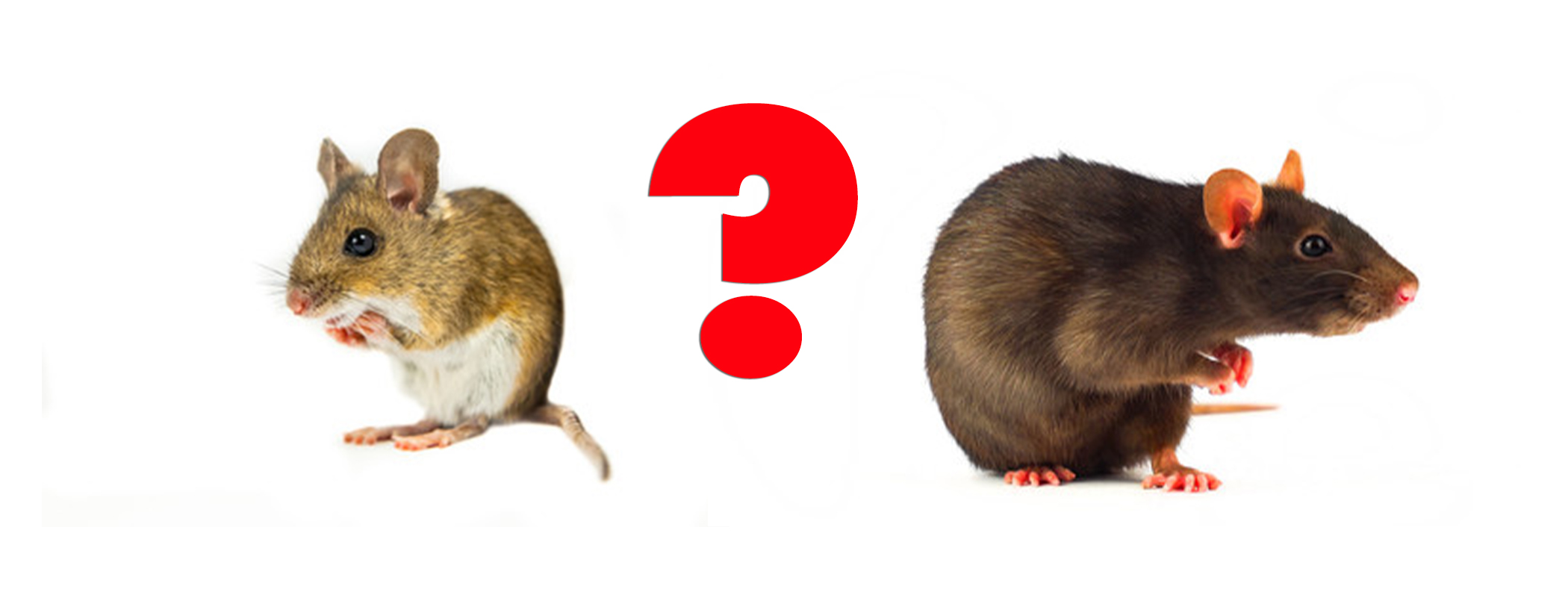 Rodents are voracious pests that destroy your property, raid your food, leave unwelcome gifts and spread disease. They can live in practically any climate with shelter, and they reproduce rapidly. When you have a rodent problem, how do you tell the difference between a rat and a mouse? Although they share similar characteristics, rats and mice are different in several subtle ways. An infestation of either type of rodent should only be handled by a rodent control expert, but you can examine these passages to determine which rodents are invading your home.
Rodents are voracious pests that destroy your property, raid your food, leave unwelcome gifts and spread disease. They can live in practically any climate with shelter, and they reproduce rapidly. When you have a rodent problem, how do you tell the difference between a rat and a mouse? Although they share similar characteristics, rats and mice are different in several subtle ways. An infestation of either type of rodent should only be handled by a rodent control expert, but you can examine these passages to determine which rodents are invading your home.
 Rodents are voracious pests that destroy your property, raid your food, leave unwelcome gifts and spread disease. They can live in practically any climate with shelter, and they reproduce rapidly. When you have a rodent problem, how do you tell the difference between a rat and a mouse? Although they share similar characteristics, rats and mice are different in several subtle ways. An infestation of either type of rodent should only be handled by a rodent control expert, but you can examine these passages to determine which rodents are invading your home.
Rodents are voracious pests that destroy your property, raid your food, leave unwelcome gifts and spread disease. They can live in practically any climate with shelter, and they reproduce rapidly. When you have a rodent problem, how do you tell the difference between a rat and a mouse? Although they share similar characteristics, rats and mice are different in several subtle ways. An infestation of either type of rodent should only be handled by a rodent control expert, but you can examine these passages to determine which rodents are invading your home.

